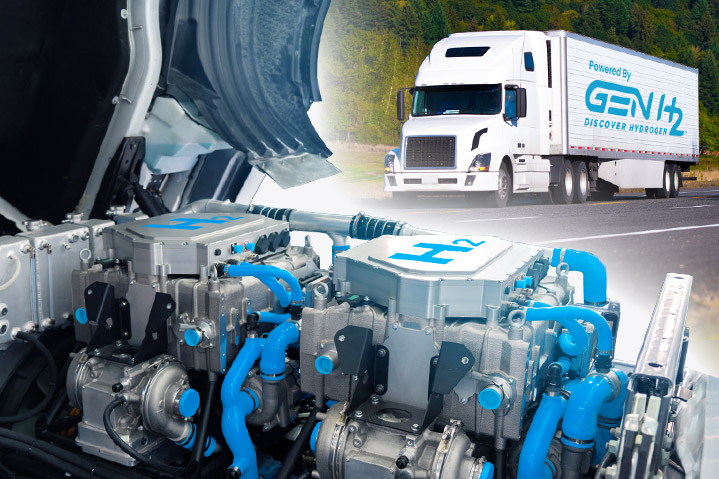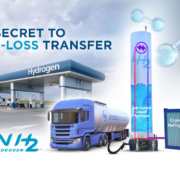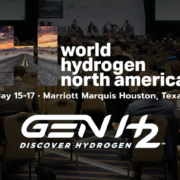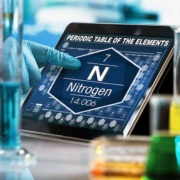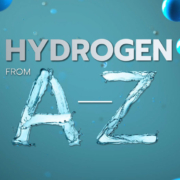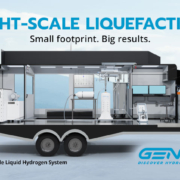Hydrogen Combustion Engines Are Driving Hydrogen Infrastructure Buildout
By: GenH2 Staff
Read Time: 2 minutes
The automobile, trucking and heavy-duty transportation sectors are making significant strides toward adopting hydrogen as an alternative energy carrier. While most of these innovations and technologies are focused on Fuel Cell Electric Vehicles (FCEV), other approaches are designed to use Internal Combustion Engines (ICE). Hydrogen ICEs work similarly to today’s combustion engines but are modified to use hydrogen as their fuel source. These hydrogen combustion engines have the potential to redefine the heavy duty and transportation industry by serving as a pathway or transitional system between modern engines and fuel cells.
Adjusting modern engine models to use hydrogen as fuel creates the perfect bridge to reach mass hydrogen adoption due to factors such as research, cost, and safety. Modifying or enhancing a combustion engine model or developing new hydrogen combustion engine designs significantly improves the time to market in transitioning to a broader adoption of hydrogen fuel in the transportation industry. Toyota’s 2022 announcement of its liquid hydrogen combustion engine GM Corolla in Japan and Cummins announcement of medium-duty hydrogen combustion engine trucks are examples of the progress being made. Other forms of these engines are also expected to aid in powering industrial vehicles, which will lower carbon emissions from industries such as mining and long-haul transport.
Hydrogen ICEs are considered safe, with hydrogen being three times less flammable than fossil fuels in ambient conditions, along with hydrogen needing a higher concentration to ignite within an engine than their fossil fuel counterparts. Hydrogen storage systems are also designed to completely isolate hydrogen from the external environment, which adds an increased layer of protection.
The adoption of these hydrogen combustion engines can accelerate a faster rollout of hydrogen utilization and infrastructure build-out to keep up with demand as we transition to hydrogen becoming more prevalent in vehicles. Transitioning into ICEs that run on hydrogen will save time, money, and ultimately reduce global carbon emissions.
GenH2’s mission is to create infrastructure solutions for the light-scale liquefaction and storage of hydrogen. Providing a liquid hydrogen supply infrastructure for Hydrogen ICEs is included in GenH2’s mission, along with the on-demand and/or on-board supply for FCEV automobiles and trucks. To learn more about how GenH2 revolutionizes light-scale hydrogen liquefaction and storage, see our press release of the LS20 Mobile Liquid Hydrogen System!
